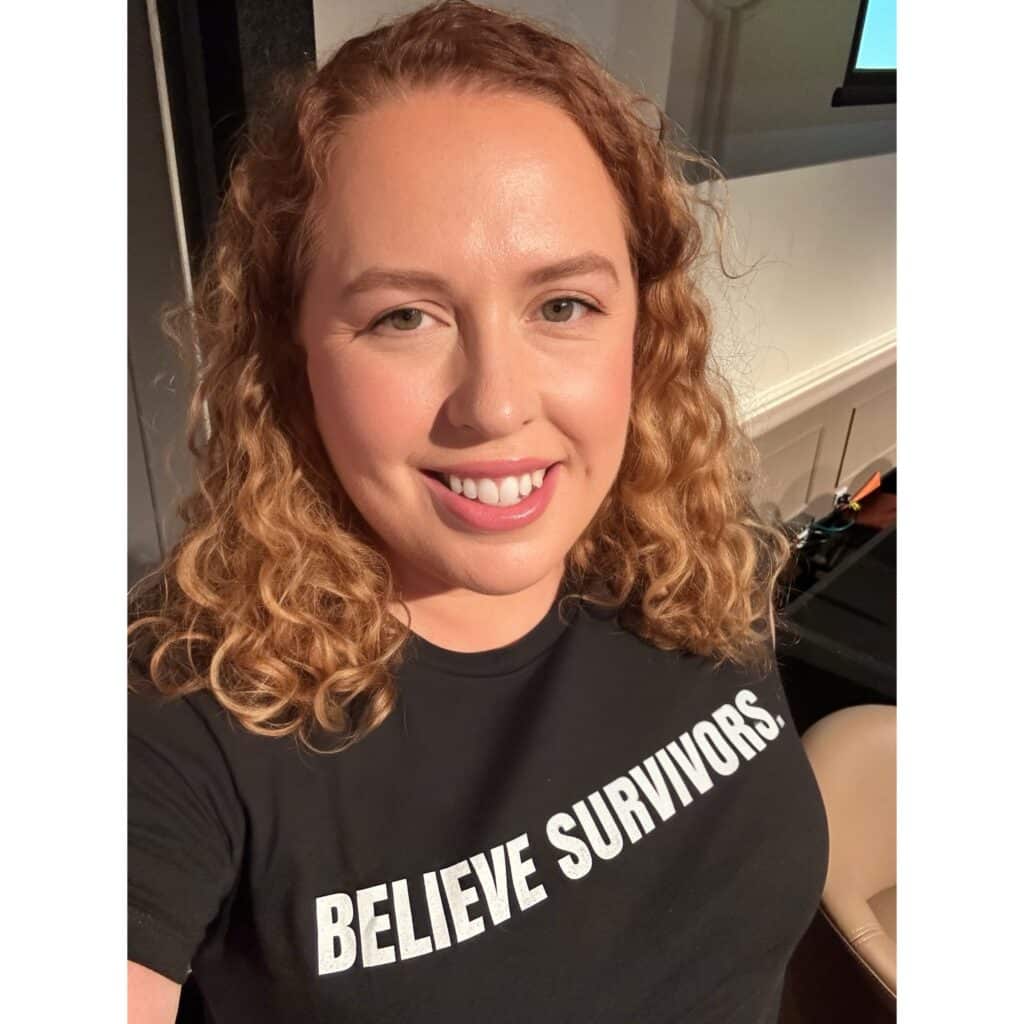doxing
/ˈdɒksɪŋ/
Noun:the action or process of searching for and publishing private or identifying information about a particular individual on the internet, typically with malicious intent. Oxford Languages
The definition is clear – however, doxing is not often pursued as a crime. It’s more likely to have formal outcomes when part of a comprehensive campaign of harassment. Even then it can be unclear what the authority and powers are in relation to doxing. And how perpetrators will be held to account.
The announcement on measures to protect against doxing are part of wider reform being undertaken by the Attorney-General to provide stronger privacy protections for Australians. This work was always on the schedule. There is a concern that policy will be “rushed” and ‘’unplanned” except that’s not how public policy and law reform works. There will be consultation, and that is the opportunity for Australians to contribute their say and voice any concerns they may have on the proposed changes.
This move is not about drafting new laws, there will be an examination of current laws and intersecting acts to see if they remain fit for purpose for the protections of every Australian.
The damage caused by doxing is evidenced and clear. In 2021 a Canberra teenager was mistakenly identified as posting a racist video on a Canberra community page. Her personal details were posted and activated in groups in Asia, Europe, and the United States.
When one of the people who posted the teenagers details on social media was contacted by mainstream media, he didn’t want his full name published, ironically to protect his identity. This 26-year-old man was full of pompous, self-important rhetoric “this is accountability in action, it will prevent racist behaviour” except that wasn’t what happened.
Instead, thousands and thousands of death threats and graphically detailed threats of sexual violence to a 15-year-old occurred. As a result, this young woman needed to be escorted to and from school with security, she suffered serious suicide ideation and mental health trauma from threats. Her mother was hospitalised due to extreme stress. Her crime? Having the same name as another person on Facebook.
In this case the intention of people sharing that personal information is meaningless, once you release information you no longer can control what happens to it. The result caused devastating consequences for the individual and her family. And these activities didn’t shift the dial whatsoever in discussing racism online.
Doxing goes hand in hand with a range of negative behaviours that disproportionally impact women. When Noelle Martin was a target for deep fake pornography, she was also doxed and had her personal information disseminated in groups across the world; she was 17 years old. Noelle is a powerful advocate who has spent years getting images of her taken down and advocating for change within the deep fake space. This advocacy has included owners of servers attempting to extort her into sending genuine nudes to get the fake images taken down. What was the purpose of this doxing except to intimidate and harm.
Dressing doxing up as accountability doesn’t work. In 2014 Tom Meagher wrote a powerful article about his reflections a year after his wife Jill Meagher was murdered. He rejected fully the idea that more violence is necessary for retribution. If we wish sexual violence as punishment upon people who perpetrate it, we create an environment where there are circumstances where sexual violence is acceptable- and it never is. This has stayed with me throughout my career. When we say behaviour is unacceptable, that doesn’t mean it’s acceptable within a lens that suits a narrative of the moment. It is unacceptable for everyone.
There are critiques that criminalising doxing may not work to “fix bad behaviour” online. This is a constant critique when we look at social problems. There is often a tendency to want a silver bullet, the one linear solution to a multi-faceted issue. Criminalising doxing will be one tool in a suite of responses that will need to work in tandem with education, community attitudes and those who administer the law to ensure that everyone is offered the same protections under nationally consistent legislation. Structural change within the law is a vital component to the successful cultural change we so desperately need.

